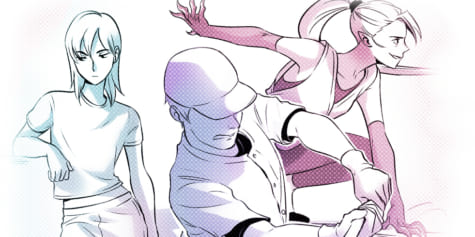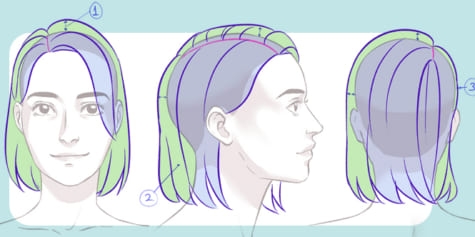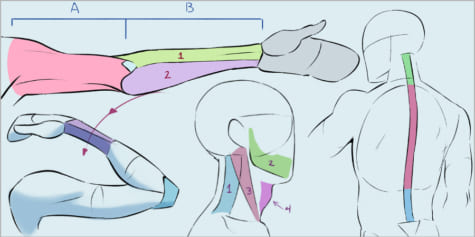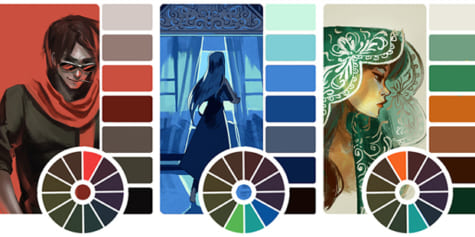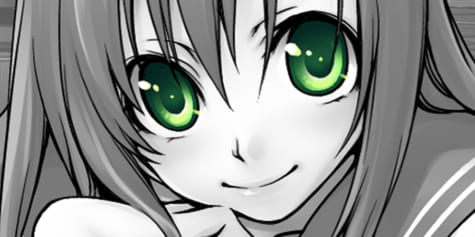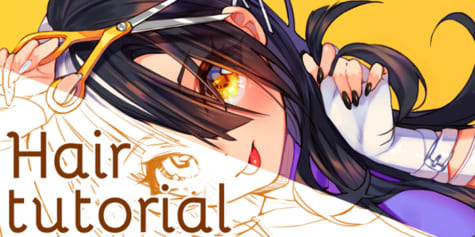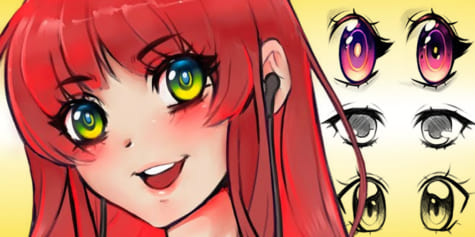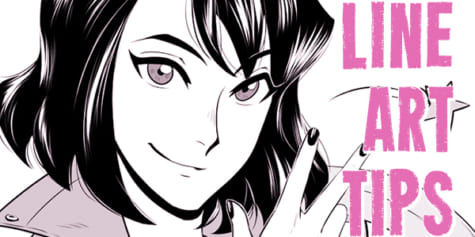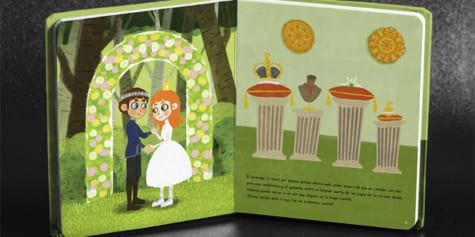Ultimate Guide to Drawing Ears
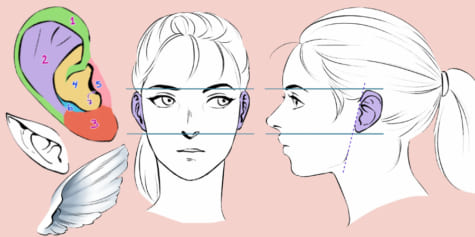
Master drawing ears to create realistic characters! Eridey explains ear anatomy, drawing ears from different angles, as well as drawing fantasy and animal ears.
Anatomy of the ear:
Ears are unique and, even if they come by pairs, there aren’t two cut from the same mold. Let’s see a bit of their common basic structure before we start with their diversities:
- Helix
- Antihelix
- Lobule or lobe
- Concha
- Tragus
- Antitragus
- Ear canal
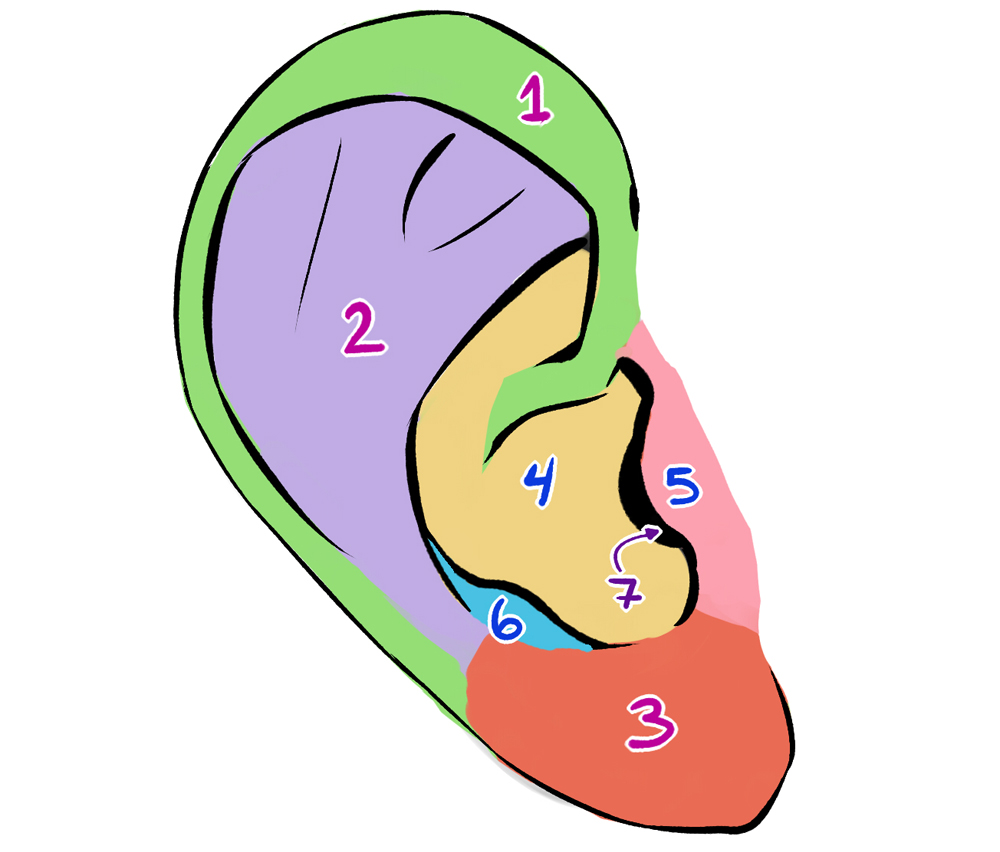
Generally, all ears follow the same basic structure. Learning this magic formula by heart will make drawing ears easy! Use the diagram above as reference and follow these steps to practice drawing an ear:
How to draw ears:
- Draw the contour of the ear. It consists of a single stroke created from the helix and the lobe. The helix has the shape of a hook (A) and the lobe is a smaller curve at the end of the ear (B).
- Draw a Y-shape inside, representing the antihelix. The antihelix spreads out starting from the lobe and creates two paths that meet the internal edge of the helix.
- Add 3 short strokes to create the tragus (a bump which covers the ear canal) and the antitragus (connecting to the antihelix). You can also close the inner part of the helix curve a little more.
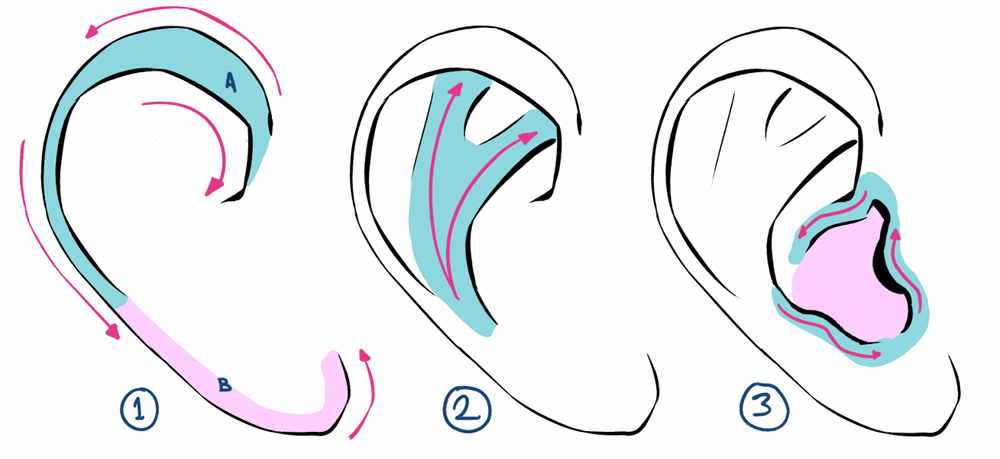
As mentioned, ears can be unique. In the following examples, you can see that some features are more pronounced or more subtle than others, but each part of the ear can still be easily identified. When drawing an ear without a reference, bear in mind that your purpose is to create comprehensible shapes.
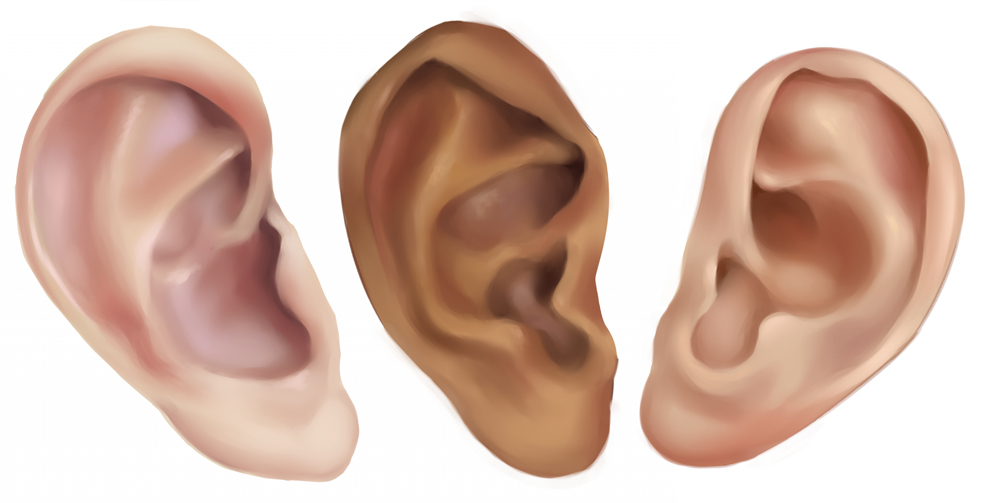
Ear shape, placement and angles:
Studying anatomy allows us to use various reference points to determine the position and size of other body parts. In the case of ears, the eyebrows and the tip of the nose act as guidelines to draw them at a suitable height and size. You can also follow the jaw line as a guideline for the correct angle.
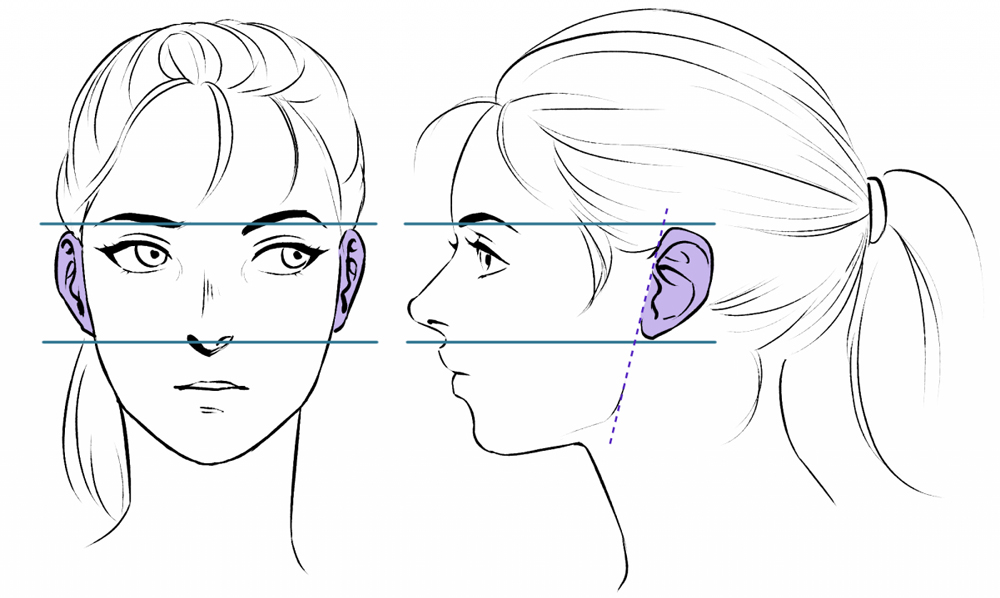
Use the same guide when drawing ears at an angle, like when a character is looking up or down.. Remember that in a three-dimensional approach, the head is a sphere and the location of the ears remains the same.
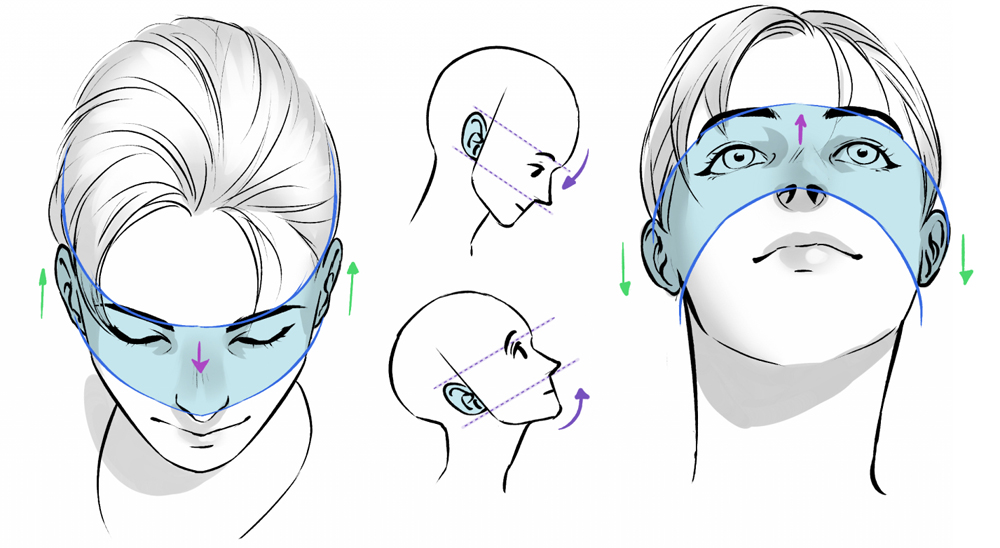
The only thing that changes is the perspective from which you are looking at the image. Therefore, let us not forget how ears are viewed from other angles.
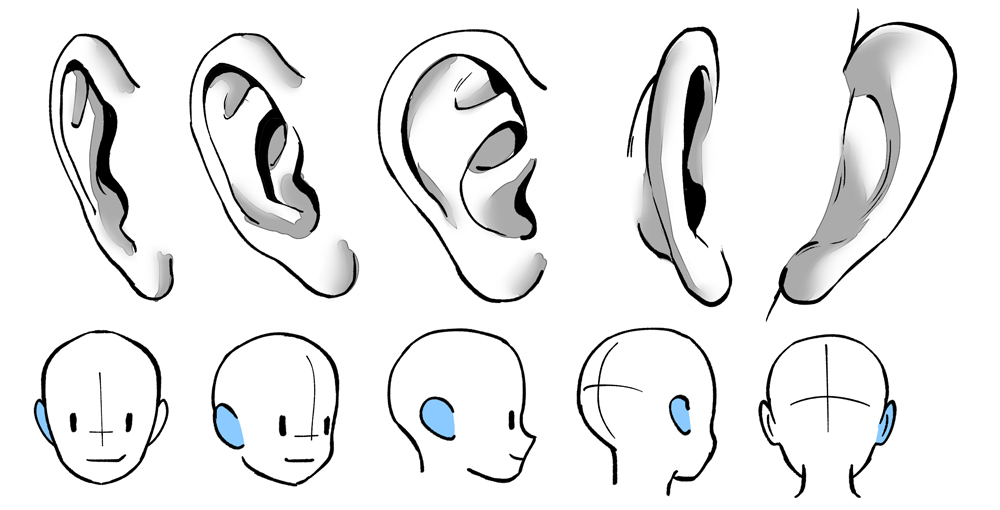
Drawing stylized ears:
We’ve come this far, and we have realized that drawing ears isn’t that impossible. However, for those whose job or hobby tends more toward animation or comics, saving time with the details is crucial. For anime ears or cartoon ears, you can get rid of unnecessary lines:
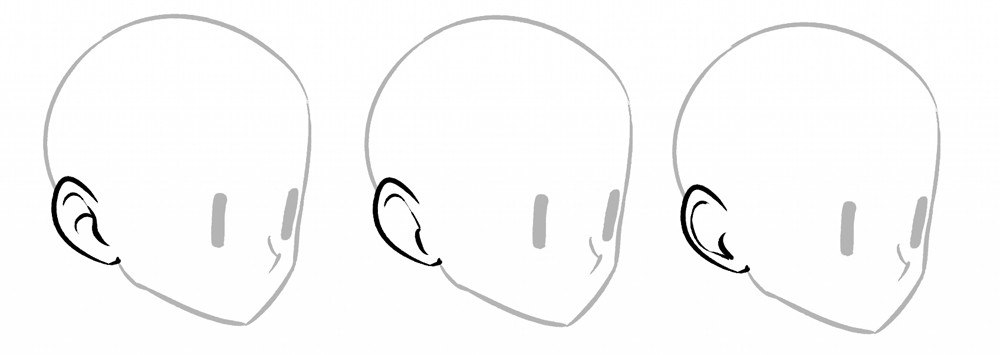
My advice is to soak in the styles that you like the best and look closely at how your favourite artists draw ears. Some of them even change the pattern of the ear, like an X or a 6!
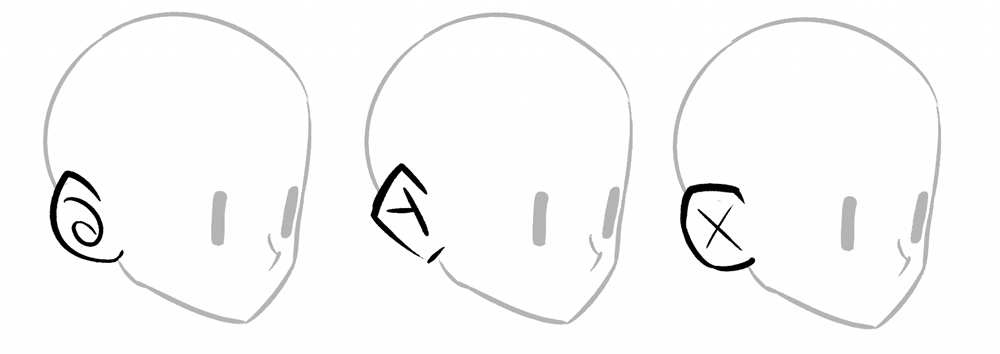
Drawing fantasy ears:
Is your character… human? Or from another planet?! The classic, and most obvious, way to tell humans apart from magical creatures is to look at their ears. This topic is fun, as we are free to experiment with exaggerated and unique proportions.
How to draw elf ears and fairy ears:
Long, pointy ears have become a symbol of magic, wisdom, and immortality. They are classic characteristics of elves, fairies/faeries, and other fantasical beings. We already know what a human ear looks like, so let us apply the same pattern to other silhouettes. In this case, something like a teardrop.
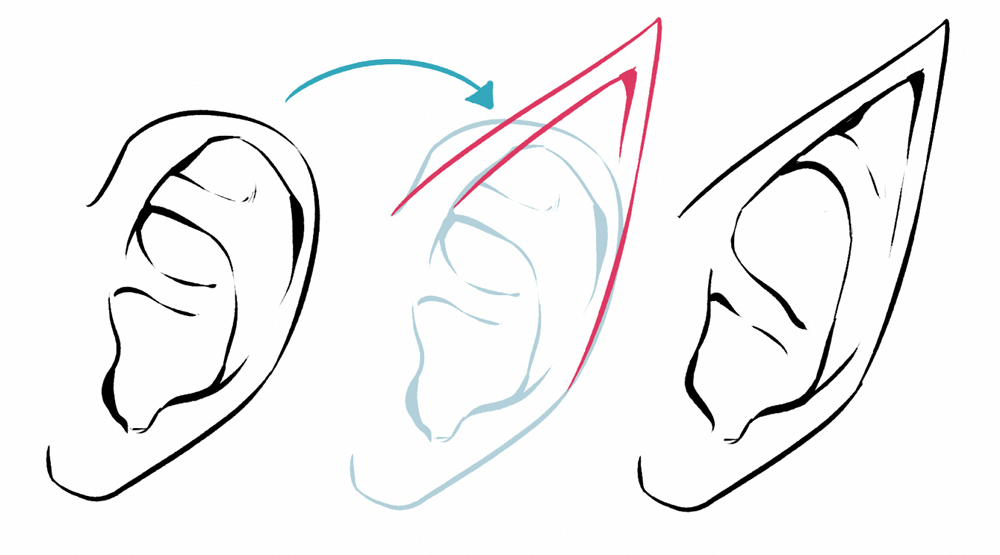
We can simplify this ear in the same way as before:
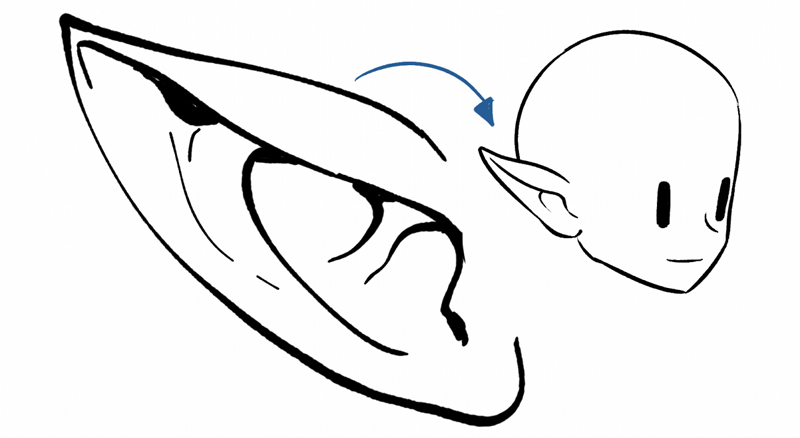
If we place the ears where they should go and keep a regular size (at least at the base), they will look quite credible, no matter how exaggerated they are.
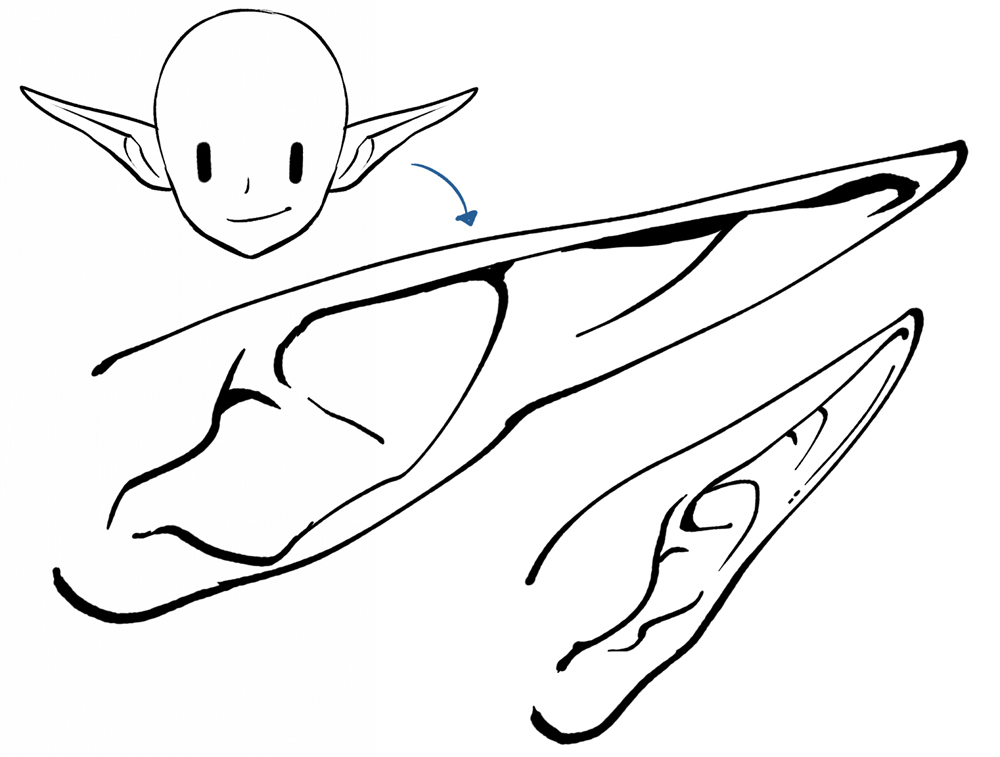
How to draw ears for aquatic beings:
When designing a character, I love to take inspiration from different elements of the world that surrounds them. In the case of sea creatures, there is a lot we can referenceꟷfish fins, seashells, aquatic plants, etc. So, imagine what your ears would be like if they were based on these elements. The results can be very interesting!
I followed the same concept of elf ears (long with pointed tips), but added elements of a fish fin…
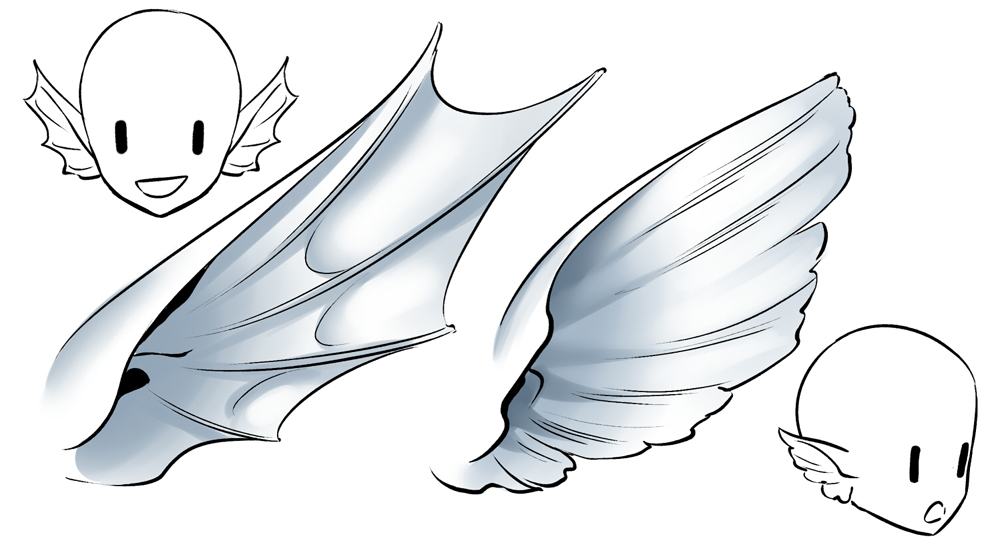
… or inspired by seashells! All of these work perfectly underwater!
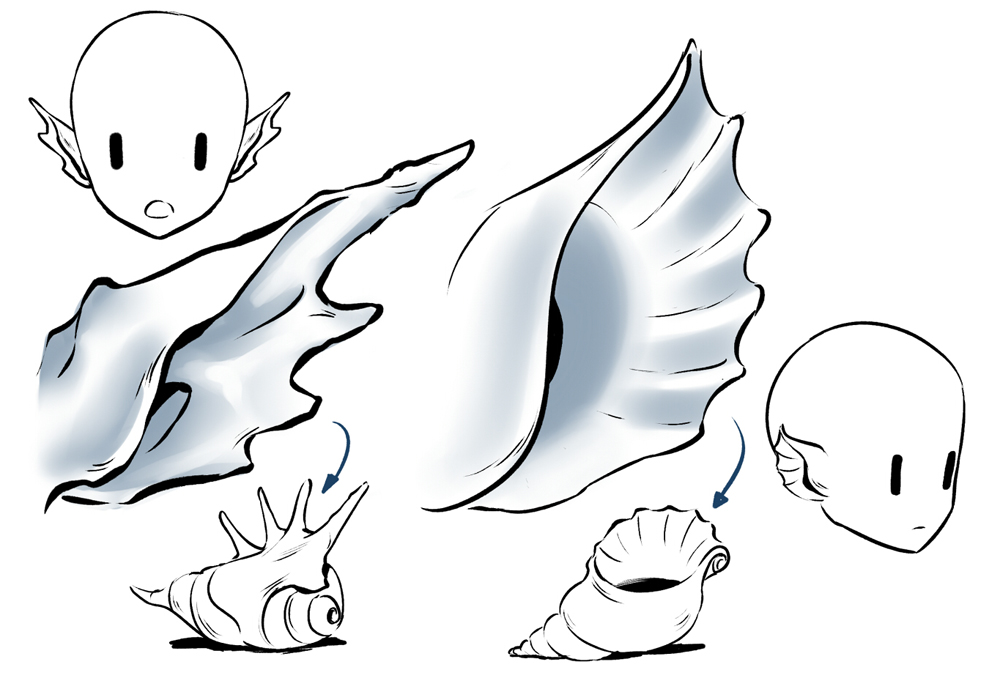
How to draw bunny ears, cat ears, and other animals:
Since each species has unique ears, maybe a little more research and practice is necessary to accomplish this task. How do we get started?
- Choose an animal and collect and use good quality reference photos from all possible angles. If you are interested in a specific animal that you cannot see in person, watch documentaries or videos that show the animal in motion. Even screenshots work great as drawing reference.
- Study their ear shapes and take note of their characteristics. Are their ears hairy? Are their ears big with pointy tips? Do they move? Simplify and compose the drawing in your own style!
- To help us with character design, try to make the ears express emotions. If you have a pet, look at their ears. How does your pet react when they are sad or happy? Draw your animal ears with these emotions in mind.
Cat ears:
Cats have a reputation for being curious and stealthy creatures (more or less). The ears of Siamese cats are very pointy and prominent; they enhance their personality while always being alert. Other cat breeds, such as the Scottish fold, may have smaller, folded ears.
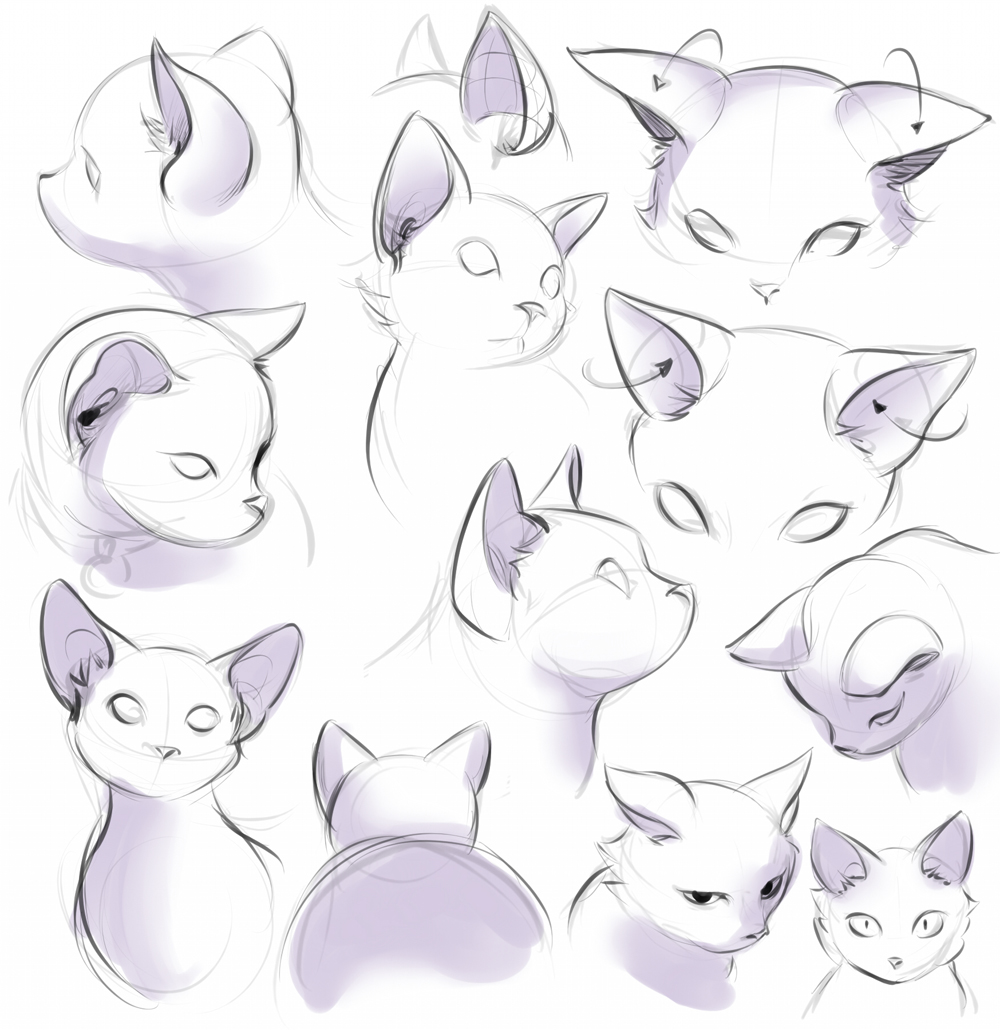
Dog ears:
Dog ears can be long and floppy, or pointy and short! Try drawing different dog breeds to get a feel of how their ears work. I really wanted to draw a beagle because of its really amusing ears. It was a real challenge, because they are playful doggies and their ears fly everywhere, following their movements.
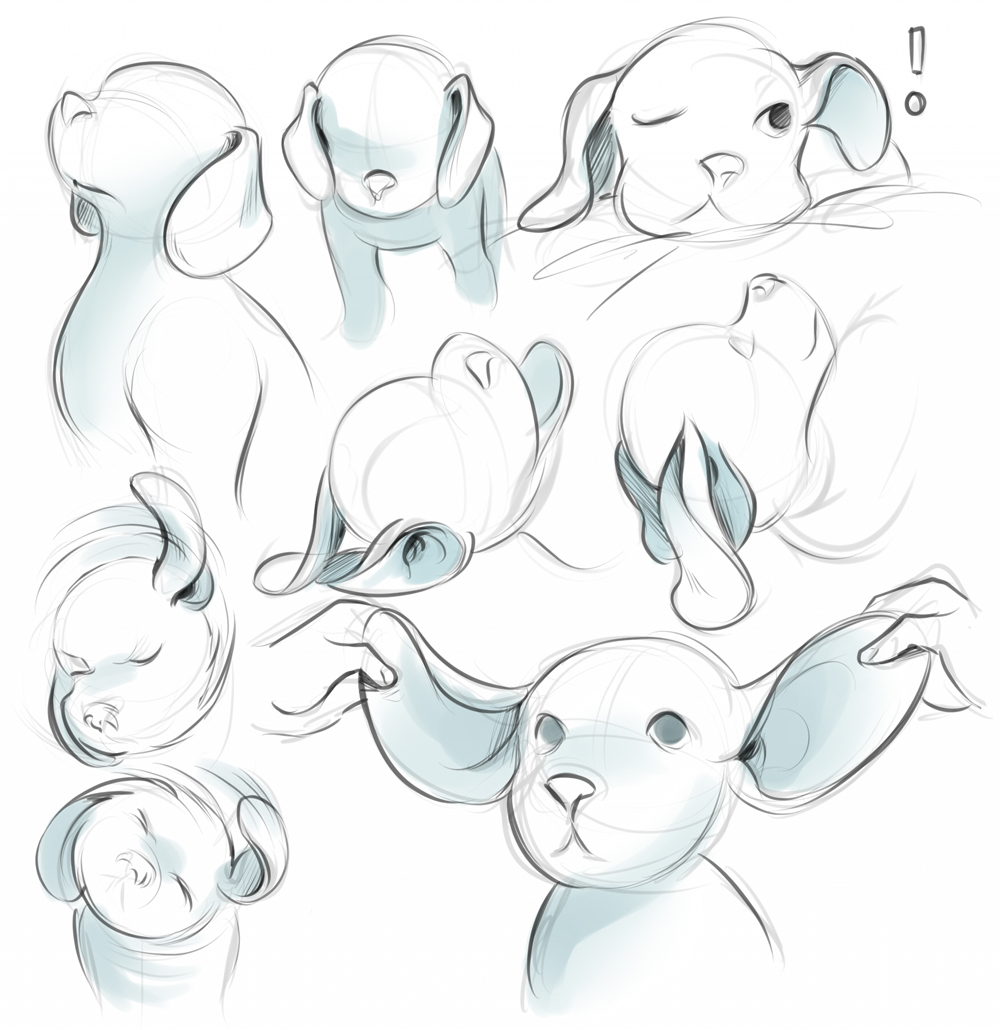
Rabbit ears or bunny ears:
Rabbits have long ears, but not all of them bend or fall. I was surprised to learn that, compared to other types of rabbits, some white rabbits’ ears are almost always rigid or slightly arched.
You can’t imagine how much you can learn once you start drawing. It is not enough just to see, so there are no excuses to practice!
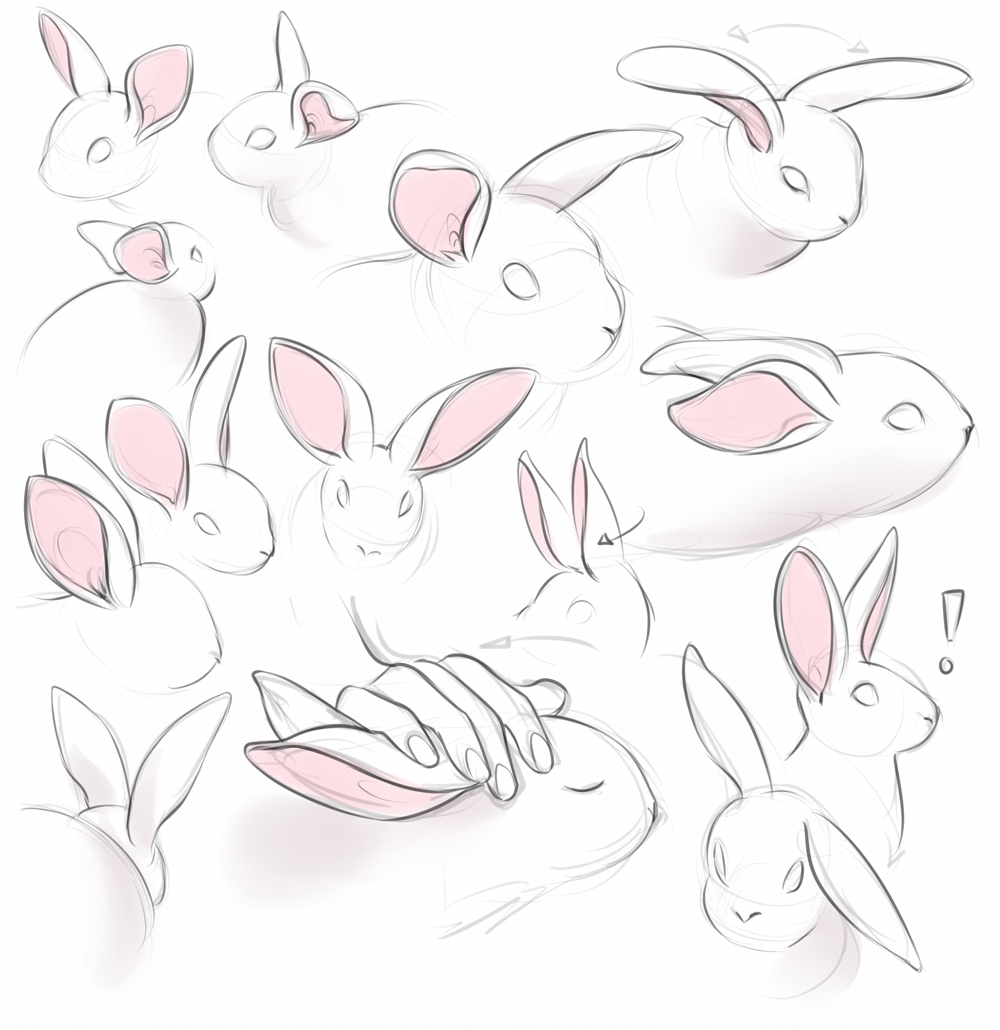
I hope that you could find some helpful tips in this guide. Please check my social media if you want to see some more examples of my work:
https://www.instagram.com/eri_duh/
https://twitter.com/eri_duh
https://www.artstation.com/eridey
Thank you very much for reading!
– Eridey
Interested in concept art or what it takes to become a concept artist?
Check out the link below!








